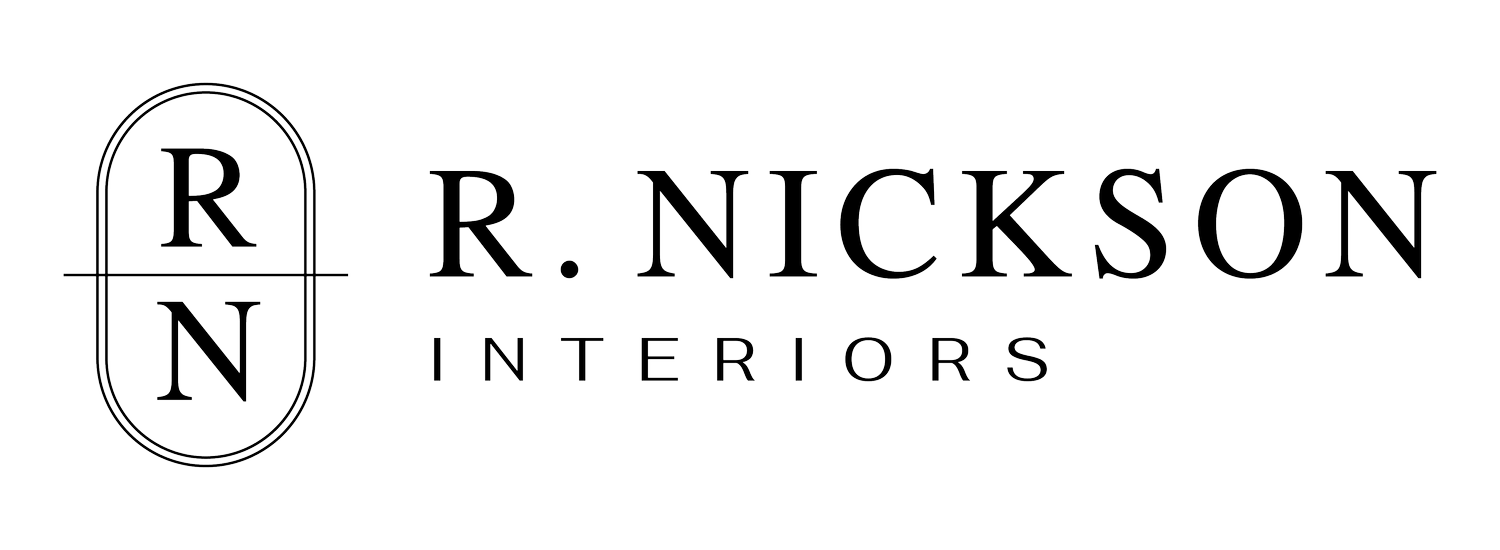What You Think Affects Your Budget vs. What Actually Does
We’ve seen it all: the Pinterest board with dreams of marble counters, a moody built-in, and a custom sofa that “can’t be that expensive, right?” And we get it. You’re planning a home you’ll live in and love—maybe for decades—and you want to make sure you’re investing wisely.
But if you’ve ever asked, “Where does all the money go in a design project?”—this one’s for you.
Let’s bust a few myths.
Budget Myth #1: “Tile is an affordable way to make a big impact.”
Reality:
Tile can be budget-friendly… or it can be $70 a square foot. The cost isn’t just in the product—it’s also in the labor. That perfect herringbone shower floor or intricate patterned backsplash? It takes skill and time, and you’ll pay for both. The more detailed the install, the higher the labor bid.
Budget Myth #2: “We already own a sofa, so that saves us money.”
Reality:
That depends—on the scale, style, and condition. Often, the cost of working around a mismatched or wrong-size piece ends up being higher than replacing it. If the sofa throws off the entire layout or compromises the overall aesthetic, we’ll let you know. Good design sometimes means letting go.
Budget Myth #3: “We just need new finishes, not a full gut job.”
Reality:
Swapping out tile, flooring, or cabinetry sounds simpler—but if you're touching plumbing or electrical, you’re into construction territory. Even finish updates often require permits, demo, and skilled trades. Aesthetic changes can have structural or technical ripple effects.
Budget Myth #4: “If I keep the layout the same, the cost will stay low.”
Reality:
Keeping the layout helps, but not always as much as you think. If you’re changing surfaces, updating cabinets, or adding custom details, the labor and materials can still add up quickly. A fixed layout doesn't automatically mean a low budget—it just simplifies part of the process.
Budget Myth #5: “Paint is an easy, cheap update.”
Reality:
Sure, paint is less expensive than, say, a full kitchen remodel—but high-quality paint, skilled labor, and proper prep still add up. Add in tall ceilings, specialty finishes, or extensive trim, and it becomes a bigger investment than expected.
So What Does Affect the Budget?
The scope of work—how much we’re doing, and how complex it is
The quality of materials—from fabrics to flooring to fixtures
The level of customization—off-the-shelf vs. fully bespoke
The team involved—skilled trades, project management, procurement
The timeline—rush jobs cost more, plain and simple
If you want to invest wisely, clarity is key. At R. Nickson Interiors, we walk you through the variables that impact cost from day one. We help you understand where to save, where to splurge, and how to prioritize without compromising the end result.
Want to talk through your own project and budget?
Let’s set up a consultation and make a plan that works for you.

